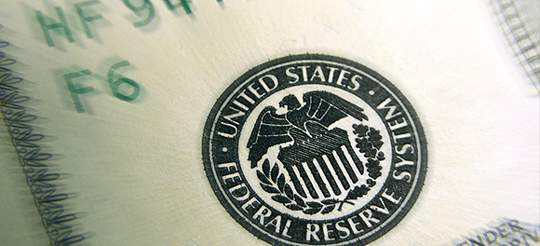Warning: The Bond Vigilantes Are Back
Yesterday, we reckoned about the return of the “money multiplier” to the economic stage.
Today, we announce the pending return of another creature of finance, dormant for decades… dead, but not buried. The latest rumors place the beast in the vicinity of New York’s Columbus Circle, hoofing for Trump Tower.
This goblin is called the bond vigilante…
Economist Ed Yardeni coined the term in 1983. Inflation had us all by the ear in the late ’70s and early ’80s. Inflation gnaws away at the value of bonds, and no bondholder wants to see inflation reduce his investment to sawdust. So the vigilantes delivered central banks this ransom note: Pay us or we sell. And enjoy borrowing money at cutthroat rates — your throat.
CNBC explains the dynamic: “Fewer buyers drive prices down — and drive yields up… That, in turn, makes it more expensive for the government to borrow and spend.”
Or in Yardeni’s words, “If the fiscal and monetary authorities won’t regulate the economy, the bond investors will. The economy will be run by vigilantes in the credit markets.”
Bond vigilantes are, therefore, the goons of fiscal honesty. The bank guards mounting watch over the national purse. And if you’ll allow us this indulgence, bless them for it.
They last appeared in the early ’90s when Clinton wanted to open the checkbook. The bond vigilantes said, “Make our day.” Clinton blinked. Such was their power that they forced Clinton henchman James Carville to adjust his reincarnation plans. “Now I want to come back as the bond market. You can intimidate everyone.”
And now, after an eternity of central bank suppression of yields, Yardeni says the bond vigilantes “are back.”
All the yammer about Trump’s fiscal stimulus plans — and the inflation they herald — has awakened them at last. The Committee for a Responsible Federal Budget estimates that Trump’s spending spree would add $5.3 trillion to the national debt.
The Financial Times’ Gillian Tett calls Trump’s election “ground zero for the shift from monetary to fiscal policy.”
“The bond market’s been in an induced coma,” adds Christopher Whalen of Kroll Bond Rating Agency. “The central banks forced yields down and kind of put their foot on everybody’s neck… We’ve now got fiscal policy again and in spades, suggesting… that bond investors are once again important. More, the prospect of higher interest rates and inflation could even herald the return of the bond vigilantes.”
Yields on the 10-year Treasury have jumped a good 25% since the election, and investors are dumping bonds at the highest rate since 2013’s so-called “taper tantrum.” That’s when the Fed threatened to slow its bond purchases.
And here’s the real trouble for Trump…
As David Stockman explains, “Every 25 basis points of interest rate gain will add $50 billion to the federal deficit. Indeed, even a swing of 150 basis points on the average yield on the public debt will create a fiscal shock wave that not more than a handful of budget mavens in Washington understand.”
Can Trump sell his plan if it explodes the deficit?
Trump’s sure used to winning. In business, in love (or sex) and now in politics. But he’s never faced the likes of the bond vigilantes.
Napoleon had his Waterloo. The bond vigilantes could be Trump’s.
Regards,
Brian Maher
Managing editor, The Daily Reckoning



Comments: